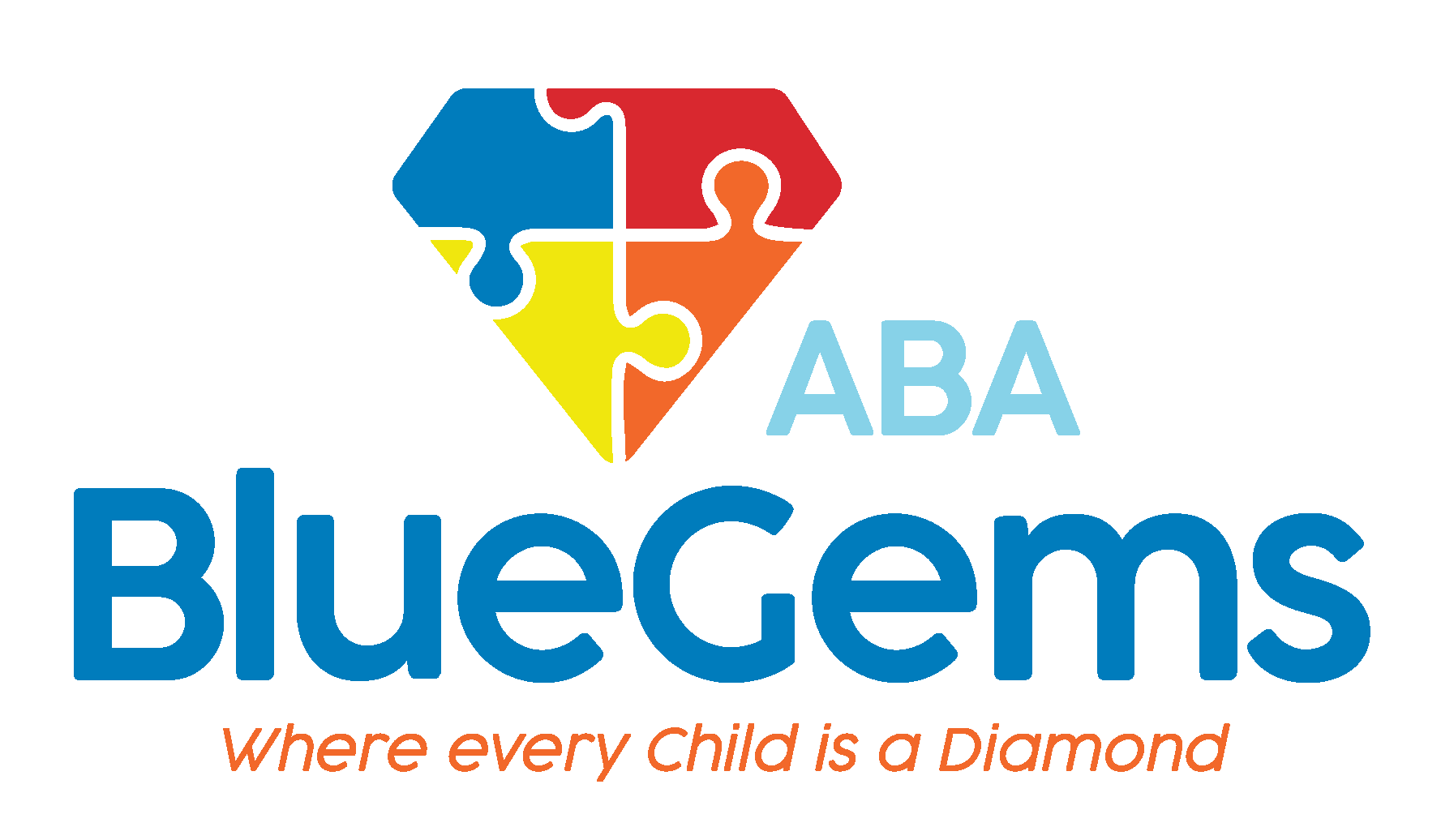Reviewing Data on Long-Term ABA Outcomes
Applied behavior analysis (ABA therapy) has long been considered the leading treatment option for children with autism spectrum disorder (ASD). It’s especially effective when children are able to start receiving it from an early age.
That’s because research has shown that the earlier ABA therapy can begin, the more impactful the outcomes can be for the long-term.
Even when a diagnosis is delayed, though, ABA therapy can still prove very effective for helping children on the autism spectrum build communication, social interaction and daily life skills, while also learning to manage their emotions, sensory sensitivities and behaviors.
ABA therapy is highly focused on scientific evidence as a means for directing treatment. That’s why so much data is collected during sessions and analyzed afterward, so informed decisions can be made for each individual patient.
In this article, we’ll review some of the data on ABA therapy as a whole to reveal the positive long-term outcomes for patients.
Table Of Contents
Key Takeaways
- ABA therapy leads to long-term improvements in intellectual, language, and social development in children with ASD.
- Early intervention increases the effectiveness of ABA outcomes, but benefits are still seen at later ages.
- Consistency and intensity (25–40 hours per week) are major drivers of ABA therapy success.
- Parental involvement significantly enhances therapy outcomes through reinforcement and generalization.
- ABA therapy uses continuous data collection to guide personalized treatment plans based on each child’s needs.
What Are Some of the Long-Term ABA Outcomes?
Children who undergo ABA therapy have shown remarkable improvement in a number of key areas, including intellect, language and social skills.
One study, for example, showed that children who get intensive ABA therapy for a prolonged period of time show notable advancements in intellect. There are many different studies that have shown this, in various ways.

The research uncovered that, through ABA therapy, children have shown an overall increased performance intellectually, better attention and an improved ability to solve problems.
A major focus of ABA therapy is improving patients’ communication skills, and language development is one aspect of that. Children who get ABA therapy have shown marked improvements in both non-verbal and verbal communication abilities.
Further studies have revealed that ABA therapy can lead to major improvements in social and emotional skills. One such study found that the “program significantly impacts … children’s social and communicative skills, improving their daily lives.”
| Category | Key Findings | Supporting Factors |
|---|---|---|
| Intellectual Growth | Improved IQ, attention, and problem-solving abilities. | Most effective with consistent, intensive therapy sessions over time. |
| Communication | Significant gains in verbal and non-verbal skills. | Skills reinforced at home by parents and caregivers. |
| Social & Emotional | Enhanced adaptability, emotional regulation, and daily interactions. | Requires long-term treatment and generalization across environments. |
What Are the Major Factors of ABA Therapy Success?
There are several components that influence the long-term success of ABA therapy. These factors play an important role in the short- and long-term improvements that children with autism can make through the treatment.
The first is the duration of the treatment.
ABA therapy is an intervention that requires a consistent application, approach and administration. Results from ABA therapy often appear gradually over time, rather than quickly and in huge jumps.
This is why it’s important to ensure that children are getting the right amount of ABA therapy, so that their outcomes can be improved.
A related factor is the intensity of the treatment. In this way, we are referring to how many hours of treatment children are receiving.
Many times, children are prescribed to receive anywhere from 25 to 40 hours of ABA therapy per week. This is especially true of young children, who are in the ripe ages when their brains can adapt and evolve.
Some studies have shown that ABA therapy intensity has a profound impact on its success. The more hours of treatment the child can get, and the more consistent it can be, the greater the outcomes.
Another major factor in long-term ABA outcomes is parental involvement. Children with autism whose parents (or caregivers) are more actively involved in their ABA therapy treatment plan are more likely to experience better outcomes.
Parents and others play a huge role in reinforcing the strategies taught during ABA therapy sessions in real-world scenarios. When parents, caregivers and other family members are able to understand and then apply treatment strategies to support the child when the therapist is not around, it helps to compound the effects of the treatment.
Over time, this leads to what’s known as generalization, which is the ability for children to take skills they learned during ABA therapy sessions and apply them throughout their lives — in different environments and scenarios.
Ultimately, this is what leads to true long-term ABA success.
Blue Gems ABA Relies on Data to Form Treatment Plans
Data is such a huge part of ABA therapy, both in terms of forming the base for strategies and tools used, and for how treatment plans are designed and administered.
At Blue Gems ABA, we rely on scientific evidence and data we gather to craft personalized ABA therapy treatment programs for each of our patients, based on their unique strengths, challenges and preferences. In this way, we help them grow so they can live as independently as possible.
To learn more, please contact us today.
Frequently Asked Questions (FAQ)
- What age is best to start ABA therapy?
Research supports starting as early as possible, ideally before age 5, but benefits can still occur when started later. - How many hours per week is ideal?
Typically 25–40 hours per week are recommended for maximum effectiveness, especially for younger children. - How long does it take to see results?
Progress is gradual; results may be observed over months to years, depending on intensity and consistency. - Can ABA therapy help with communication?
Yes, ABA has been shown to improve both verbal and non-verbal communication skills. - What is generalization in ABA?
It refers to applying learned skills across different settings and situations — a key goal of long-term ABA success.




